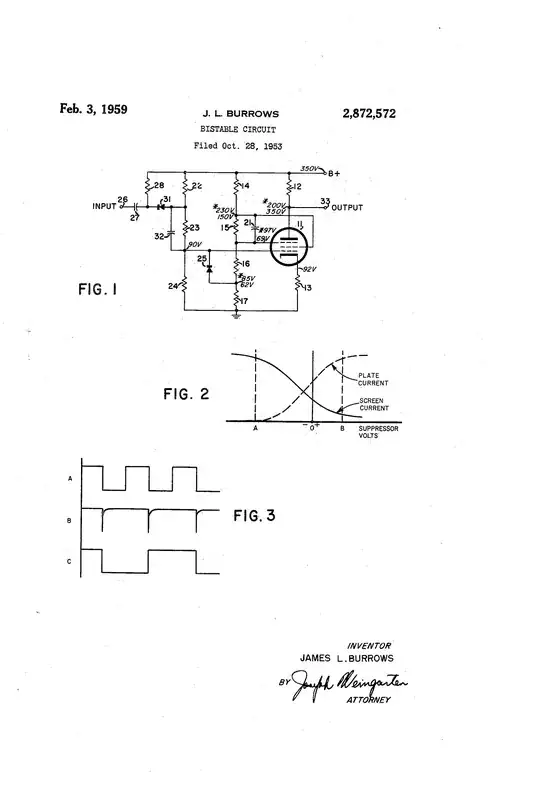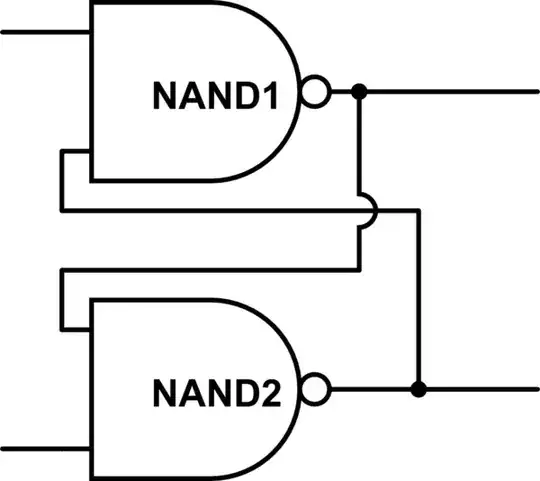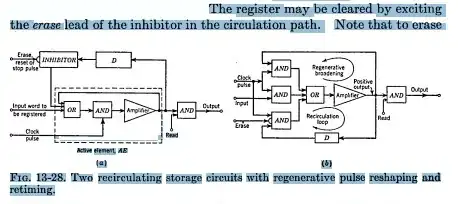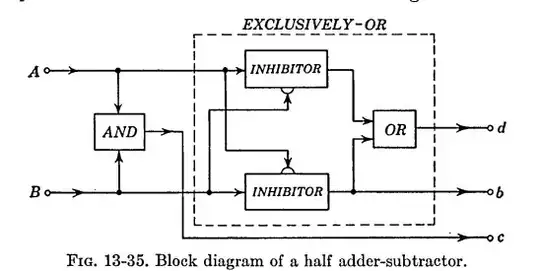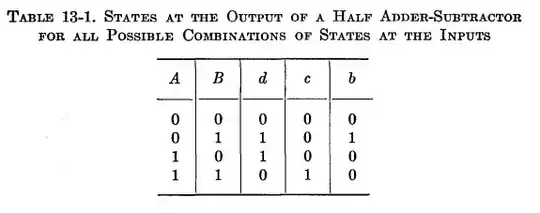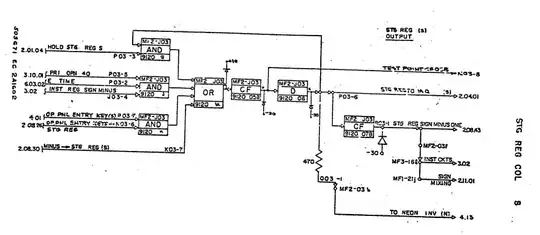Electronic computers need to have controllable switches to construct Boolean logic functions, including gates. Vacuum tube-based digital computers were no different. So, yes, vacuum tube machines being digital computers composed of binary logic, used ‘gates’ by definition.
The basic concepts of binary logic were well-known in the 1940s. Boolean math (symbolic logic) as a formal discipline had been studied, taught and used for at least a hundred years by that time, based on ideas going as far back as Aristotle. A symbology for Boolean math had been in place for at least forty years. Two-value Boolean algebra was the subject of several influential scholarly papers in the mid-1930s.
The takeaway is, the formal and practical underpinnings of 2-state Boolean logic were already established by the time tube computers came along.
It’s not clear (to me, anyway) when the term ‘logic gate’ came into use. In the 1930s the electronic ‘coincidence circuit’ (AND) function was first described and built. Even before then, electomechanical relays were used to implement logic and build computers, a practice that persisted into the tube era.
The point being, binary gates as a concept existed well before vacuum tube computers. A binary logic function by any other name, be it a ‘gate’ or a ‘coincidence detector’ is still a logic function.
Back to tubes. How are they used to make binary logic? Tubes are voltage-controlled current switches that work something like FETs (specifically, JFETs.) Their ability to switch can be used to create logic gates.
How exactly did the early designers do that? For starters, tubes have some rather unfriendly biasing requirements, requiring different thinking than you’re used to regarding logic levels. High operating voltages and complex level shifting were the norm.
More here: NOT gate using triodes
Second, the very earliest machines didn’t necessarily use power-of-2 word-size binary like we do today. Some, like ENIAC, worked in base-10, and used electronic analogues of mechanical systems. Later machines like the IBM 7xx adopted more conventional binary base-16 working.
You mentioned the NAND as a ‘universal gate’. Did vacuum tube machines use a ‘universal gate’? The answer is, nope.
Using all-NAND is more of a CMOS thing; tubes not so much. For that matter, even CMOS machines don’t use all-NAND, but will use a variety of structures to yield the best trade off of speed, area, and power. And so it goes with tubes.
Let’s touch on this 'universal gate' idea for a bit.
First, NOR gates can be used with equal efficiency as NAND as the ‘universal gate’. And in fact, to my knowledge, only one practical machine has been constructed from just one gate type, be it NAND or NOR: the Apollo Guidance Computer. The AGC's CPU was built using just one type of logic IC, a dual 3-input NOR.
More here: What is the lowest level of CPU programming above transistors?
tl; dr: The AGC’s designers did that because they could manage the spaceflight-level reliability issues by settling on just one logic IC. It was a radical and somewhat controversial idea at the time, but it worked well.
Meanwhile, back on Earth, we don’t have to get hung up on a single gate type being a fundamental logic unit. You have a bit more flexibility.
When it comes to tubes, you have to think at a lower level than gates. After all, tubes are bulky, expensive, power-hungry, and have limited life. Using them efficiently requires some creative thinking.
And indeed, those tube-machine designers did exactly that. They standardized on a select few tube types, from which they fashioned the basic elements they needed - AND, OR, NOT, NAND, NOR, XOR, flip-flop etc. They worked out the biasing and connection schemes to make them work together, meanwhile working very hard to minimize the tube count.
That said, the closest thing to a ‘universal’ tube logic element would be the dual triode tube. This tube, through various connection schemes, could render a gate, flip-flop, or switch.
Diode tubes also saw some use. Tetrodes and pentodes proved handy for making AND gates owing to their multiple grids.
There were some exotic tube types, including counting tubes that modeled mechanical systems, such as the cold-cathode Dekatrons used in ANITA calculators.
Later machines, including the IBM 604 keypunch linked above and 704 used semiconductor diodes to replace diode tubes.
